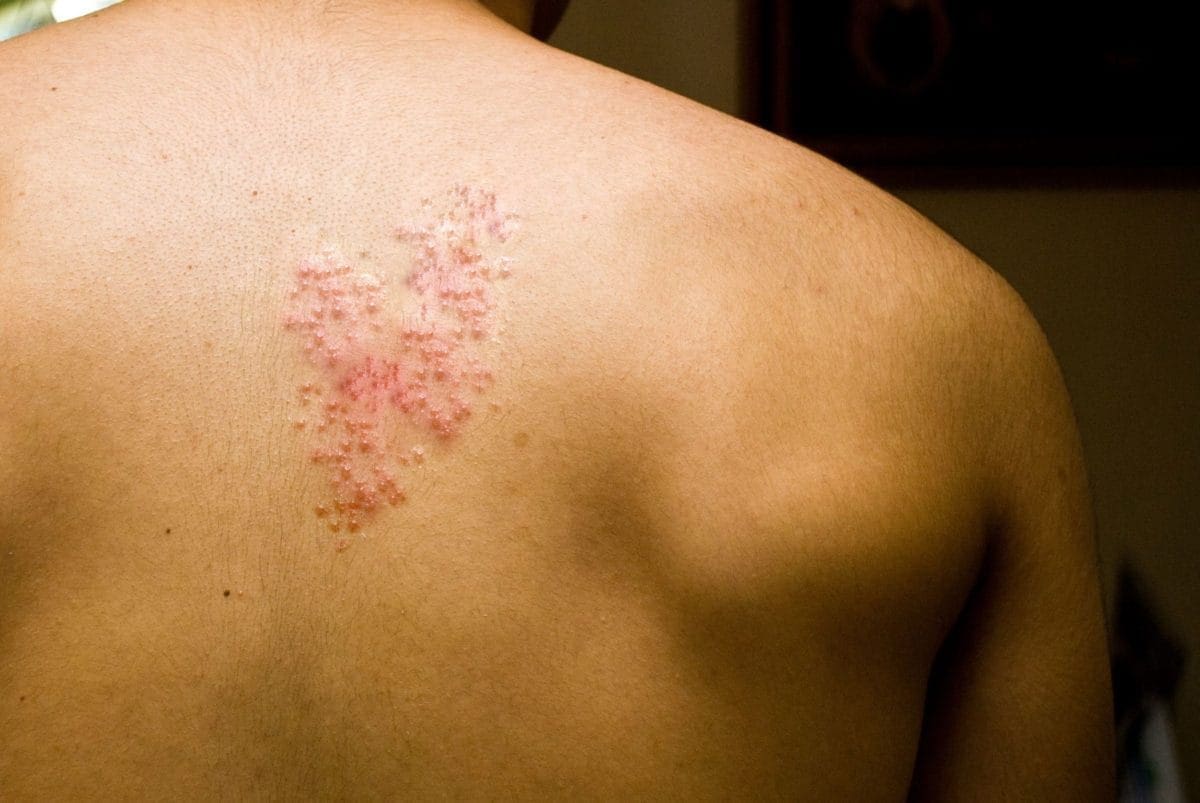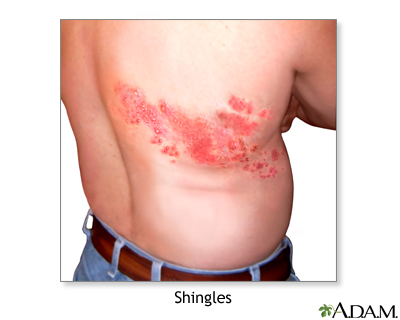Where Does Shingles Form On The Body

Shingles is a painful rash caused by the same virus that causes chickenpox people older than 50 are at greater risk of getting shingles because the immune system weakens as we age allowing the virus to reactivate after a long dormant period.
Where does shingles form on the body. Early symptoms include tingling and pain. Your doctor can usually diagnose your shingles right. Chickenpox and shingles are related because they are caused by the same virus varicella zoster virus. The varicella zoster virus causes both shingles and chicken pox 2.
Although young people can get shingles an estimated 50 percent of people over 85 years old will develop the condition. Shingles is a painful rash that usually appears on one side of a person s body. Shingles is a viral infection that causes a painful rash. Body systems that can be affected include the eyes nervous system lungs liver and brain.
The main symptom is a rash usually on one side of your body. Shingles most commonly affects older adults and people. Shingles may also affect the head face eyes mouth or ear. Shingles is a viral nerve infection that causes a painful rash and blistering on the skin.
It most often causes a painful skin rash on the trunk abdomen or torso. Shingles is caused by the varicella zoster virus the same virus that causes chickenpox. It can reactivate years later and cause shingles. Less commonly the rash can be found on the arms or legs.
Shingles or herpes zoster occurs when the dormant chickenpox virus is reactivated in nerve tissues. Symptoms include pain and a rash on one side of the body. Shingles or herpes zoster is a viral infection caused by the chickenpox virus. Shingles is a viral illness that affects a variety of locations throughout the body.
Typically it hurts burns itches and tingles. It may also give you a fever or headache and make you feel really tired. In some cases the infection can spread to internal organs and can sometimes appear without a rash. Although shingles can occur anywhere on your body it most often appears as a single stripe of blisters that wraps around either the left or the right side of your torso.



















